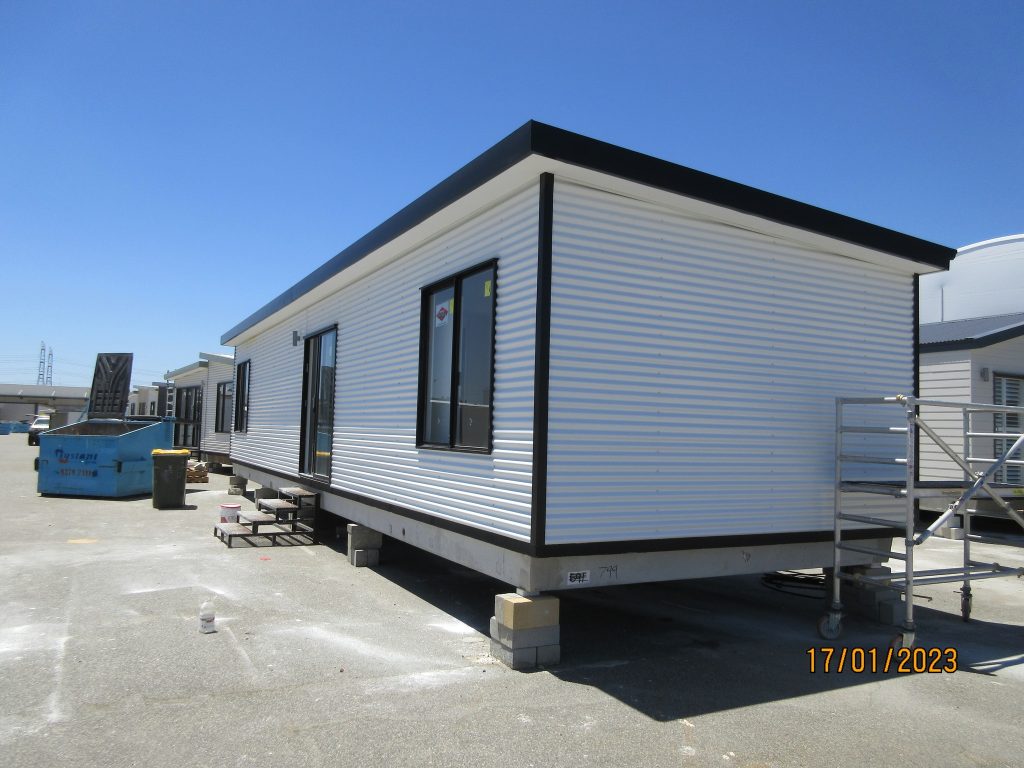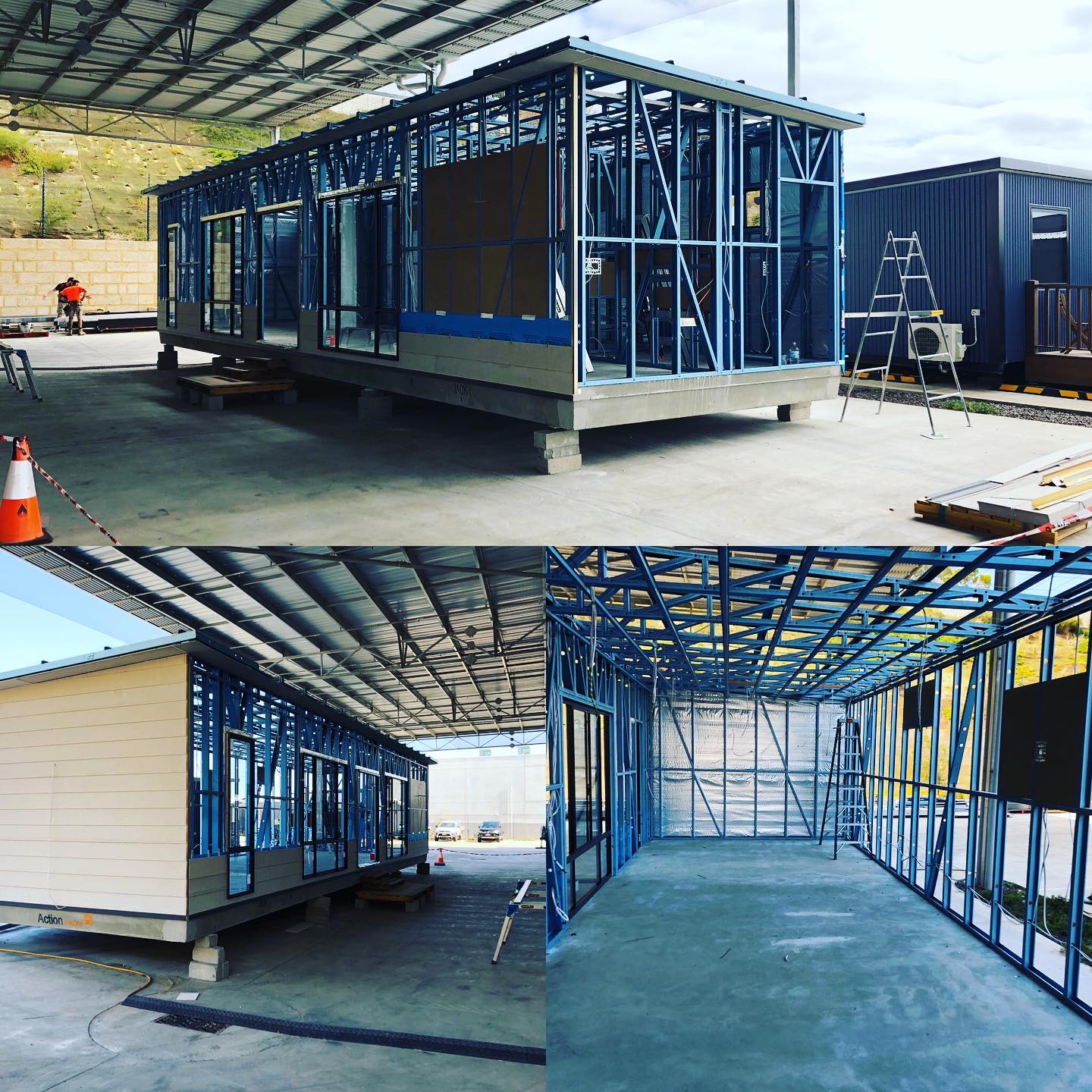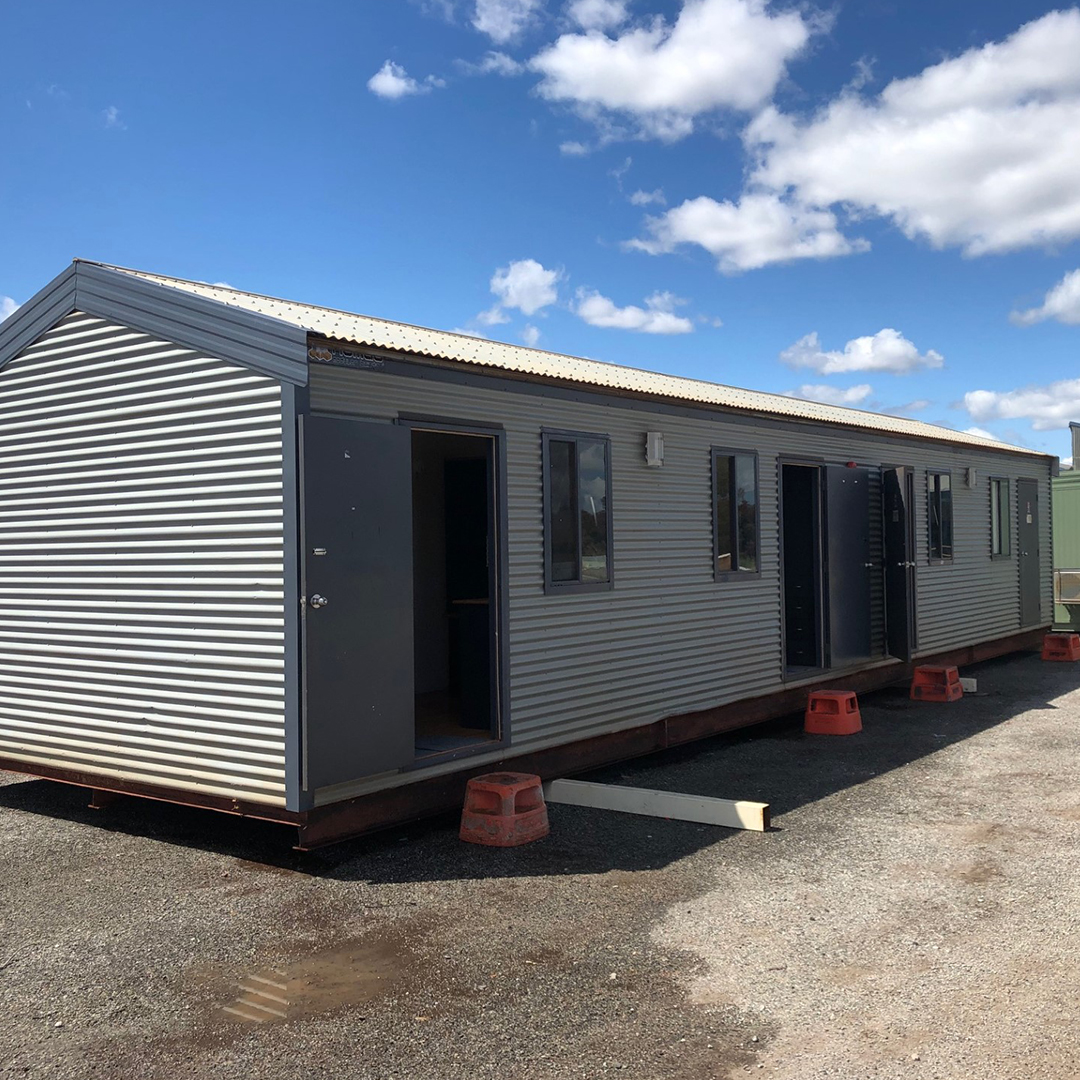About Tropical Cyclones
A tropical cyclone comes into existence as a low-pressure system developing over warm tropical water. The storm follows several steps to become a cyclone.
- Warm, moist air rises over tropical waters
- Rising air creates an area of low-pressure
- The low-pressure system draws surrounding winds into the zone
- The cyclonic spin begins around the low-pressure zone because of the rotation of the Earth
- The rotation continues, and clouds form, growing the cyclone
- An eye forms in the spinning winds
- The storm system, which is classified as a tropical cyclone, has developed.
The extremely destructive storm generates winds of 63 km/h (with 90 km/h gusts) to 118 km/h (gusting as high as 165 km/h). additionally, intense rain, flooding, and storm surges typically accompany cyclones. Most cyclones last between three and seven days, but some storms remain if conditions are right. According to the Australian Government Bureau of Meteorology, these violent storms typically occur between the months of November and April.
What is the Difference Between Cyclonic and Non-Cyclonic?
A cyclonic region in Australia is an area most susceptible to cyclones. Coastal areas such as Port Hedland, Broome, Karratha, Derby, Onslow, Exmouth, and Carnarvon are at high risk of experiencing a cyclone. Other coastal regions to the north and east are also cyclonic.
The interior and southern areas make up the non-cyclonic regions in Australia.
Example:
A mining company setting up a new camp near Pilbara should consider their location in a cyclonic region and get buildings that are made to withstand cyclones.
Everything You Need to Know About Cyclonic vs Non-Cyclonic Portable Buildings
How Do Cyclones Affect Buildings?
If a building takes a hit from a cyclone, it can sustain damage in a number of ways.
- Damage from flying debris like airconditioning units or swimming pool equipment
- Porch roofs, screen enclosures, and carports can be ripped away from a structure in strong cyclonic uplifts.
- Winds can destroy gable end walls
- Garage doors can collapse when pushed in by cyclonic winds
- Windows broken
- Leaks and flooding
What Types of Structures are Most Vulnerable to Cyclones?
While cyclones can affect all types of structures, several situations put a building at risk for significant cyclonic damage.
- Older buildings with reduced structural integrity due to aging and drying of wood
- Roofs that are not securely attached
- Homes with weakened walls or loose fixings
- Structures made of improperly constructed concrete block
- Homes without reinforcements
- Buildings where termites have attacked the wood
- Compromised foundations
- Attachments to a main building that are not adequately affixed
Structural Requirements for Cyclonic Buildings
Due to variations in the likelihood of regional cyclonic activity, it is common for standards for transportable buildings in various areas to be different. Depending on the region, builders must adhere to the standards of the National Construction Code.
Examples of the Differences
Cyclonic Regions:
- Transportable structures are designed and built for use in cyclonic regions with a focus on strength and resiliency.
- An experienced structural engineer is a vital part of our team tasked with protecting our transportables from destructive weather forces like cyclones.
- Our transportable structures are carefully positioned in cyclonic regions. Typically elevated, the customised footings are equipped with tie-down features and are situated to counter prevailing winds.
Non-Cyclonic Regions:
- Transportable buildings in non-cyclonic areas focus less on specific strength and more on intended use, generalised aesthetics, and robust structure.
- In non-cyclonic transportable buildings, engineers can focus on structures that enhance the surrounding area and are built to last.
- Comprehensive assessment of work sites takes place in non-cyclonic areas, also. We consider assessibility and location but do not focus on wind direction.
Conclusion
At Aussie Demountables, our structures are carefully crafted to withstand what the weather can toss their way. Since 2009, our team of professionals has proudly served Western Australia, and we leverage our experience to provide you with exceptionally high-quality demountables and portable buildings.
Whether you need dongas near Perth or school buildings in Broome, you can rely on our experts to craft what you need. Feel free to contact us for more information regarding our demountables.



